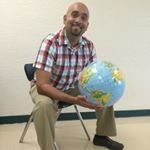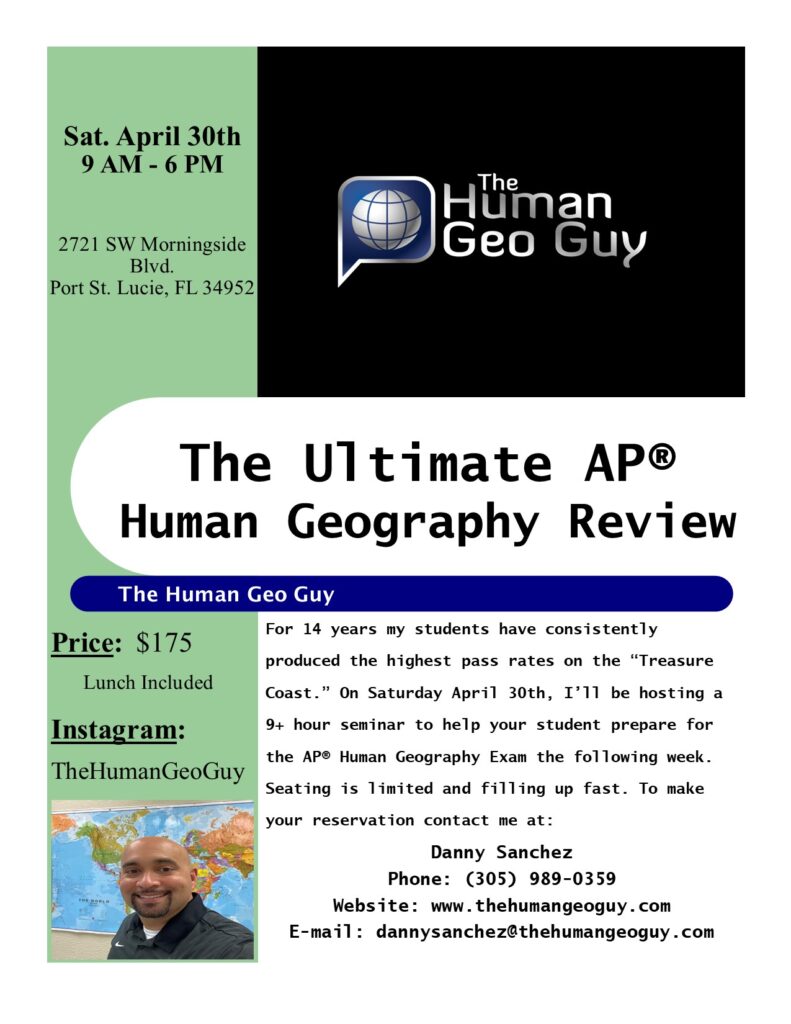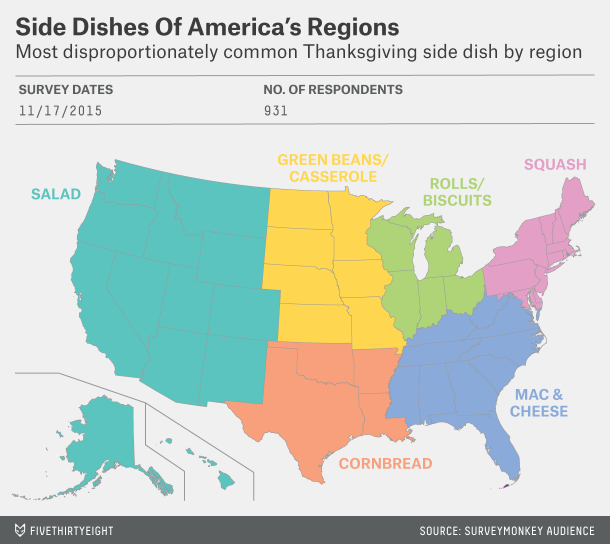The Ultimate AP® Human Geography Review
Brexit: The UK Votes to Leave the EU
As a Human Geography tutor and teacher one of the key terms I teach my students is supranational organizations. They are defined as a group of 3 or more countries that agree to work together towards common goals. These goals may be political, economic, or cultural. The European Union is used most often as the best example of a supranational organization, although that reputation has recently taken a hit.
The United Kingdom held a referendum yesterday to decide whether or not to remain part of the European Union, or “Brexit” as it was called in place of “British Exit.” The results were close but the push to leave the EU won by a margin of roughly 52 to 48 percent. While it will be several years before the UK formally breaks away from the rest of Europe the impact has been felt immediately. The global financial markets have dropped and the value of the British currency, the Pound, has dropped to its lowest level since the peak of the last recession in 2009. The next few months will determine whether this is a short term drop or the start of a long term decline. The economic impact is not limited to Britain and Europe but will be felt globally.
Also, Scotland overwhelmingly voted to remain part of the EU. Only two years removed from an election on whether or not to remain part of the UK there is a growing fear that the Scots might call for another vote and formally break away this time. Additionally, there are concerns that other countries might follow Britain and break away from the EU. If that were to happen it could be a potential death blow to the organization. Ultimately, only time will tell how far reaching the “Brexit” election results will be.
Human Geography: Alarming Fact # 12
1 percent of the world’s population are refugees.
In practical terms we hear the number 1 and don’t think much of it, it’s “only 1.” Yet, on a global scale “only 1” means much more than that, with a world population of approximately 7.4 billion that is 74 million people that have fled their homes in desperation or out of sheer terror.
Today is World Refugee Day, for more information:
Human Geography: Alarming Fact # 11
By the year 2050 there will be more plastic in the ocean than fish. We can eat fish, but not plastic, so that’s a problem. As we continue to use plastic for its convenience and low cost we create a tremendous amount of waste. About a third of that plastic ends up in nature and specifically the ocean where it will float and destroy the marine ecosystem, forever.
What are you eating for Thanksgiving?
Happy Thanksgiving everybody! Here’s hoping that the smell of roasting turkey soon fills your house, although my personal preference is to deep fry.
In the spirit of the season I wanted to share some survey data compiled by fivethirtyeight.com showing the regional eating patterns of my favorite holiday. Their data shows the most popular side dish in each part of the country. Does your family fit the regional profile or does it go against the grain? I came to a startling conclusion when I looked at the map, “Dear God we serve every single one of these in my house.” Then again, we do Thanksgiving big.
There is one side dish we serve that is not listed on their survey, rice and black beans. While that may not sound like a typical Thanksgiving side dish it certainly is in homes like mine that have a Cuban background. A common practice for immigrant families is to adopt the cultures and traditions of their new home, such as Thanksgiving. The twist is that these families will also incorporate portions of their own culture into the new tradition. Growing up it was customary for us to have a turkey roasting in the oven while simultaneously doing a traditional Cuban pig roast in the backyard.
Does your family have any Thanksgiving traditions that people might find odd? If so feel free to share them in the comments section below.
For the full article from fivethirtyeight.com follow this link. Quick warning: there are some colorful references to what people do after their Thanksgiving meal.
Scale: A Perspective Beyond Earth
Easily the best video I’ve ever seen explaining scale. Typically wouldn’t use an astronomy example but this was too good to pass up. Enjoy!
Communication: Expanding to New Markets in the Poor World
My 14 month old daughter knows how to use my iPhone. I don’t say this to brag about her skills (OK, maybe to brag just a bit) but to make an important point about access to technology. In the rich world kids under the age of 18 see it as a given that everybody has access to computers and smartphones. Trying to get them to understand that it’s not as easy in the much larger poor world can be tricky.
To get them in the right frame of mind to understand this disparity I ask them to imagine that George Washington has come back to life. What do they believe will be the advancements he finds most shocking? Generally our answers always come back to the same two themes: transportation and communication. Transportation creates its own dialogue but for the purposes of this post I will focus on communication. I tell them that for the poorest people in the world, they would find it equally as shocking that seemingly everybody is connected by mobile device.
The ability to communicate is paramount in our society, yet we take it for granted. At any moment I can call my wife and ask if I need to buy milk or to assure that one of us is picking up our children from school. I can make a call to a friend in New York City or post a Facebook message to my cousin in South Korea. Regardless, the idea of my message or call not getting through is nowhere on my radar.
In contrast, poverty can be so overwhelming in the poor world that the idea of communicating with a person across the country or on another continent is as realistic as riding a bike to the moon E.T. style. Yet, slowly but surely standards of living are improving in parts of the poor world. As the middle class grows they are demanding many of the same amenities the rich world enjoys, including smartphones.
To meet this growing demand several companies have attempted to create an affordable and functional phone for the developing world. One of these companies named Obi Worldphone is led by John Sculley, the former CEO of Apple. His goal: to make a top notch phone for under $200. After recently revealing two different models that have been highly rated and priced at $199 and $129 respectively I’d say “Mission Accomplished.” Having met their goal Obi hopes to fill the technological gap in the poor world and make his company highly profitable as they go after one billion potential new customers .
The Caste System in India: Still Dividing the Population 65 Years Later
Since before recorded history Indian society was dominated by the caste system, dividing the population into different social classes. Once one was born into a caste there was no escape, social mobility was impossible, unless it was to be forced into a lower caste for some violation of traditional protocol. People from different castes were not even allowed to interact with one another for fear of reprisals from their peer groups or suffering the loss of social status.
At the very bottom of this social divide were those known as the “untouchables.” These were the most destitute of the population and were often limited to degrading jobs as public restroom cleaners because they weren’t allowed other opportunities. Their status was so low that it was a crime for them to even make eye contact with anybody in the upper castes.
Thankfully, this discriminatory system was outlawed in India in 1950. While it has been a step in the right direction caste politics have not been totally done away with. In rural areas the presence of the caste system is still quite strong where government supervision is the most relaxed. Over the last few decades Indian law has established a practice of setting aside a percentage of government jobs and university opportunities for people from the lowest castes. The thought process is that by giving them these opportunities it begins to make up for past discrimination. It is similar to the affirmative action laws that were enacted in the United States during the Civil Rights movement.
Just as it has in the US these opportunities for the lower classes have created controversy. Many in the higher classes are protesting that despite higher test scores they are not getting enough access to the best jobs or admission to the top universities. Recently, this struggle has even presented itself through outright protests that have left 8 dead and countless more injured. While violence will not create a solution it has at least made people around the world realize, “Oh yeah, the caste system. That’s still a thing?”
The main point to be taken away from this lingering class struggle is that outlawing institutional discrimination isn’t enough, generations must pass to fully eradicate this negative legacy.
Marble Mining in Northern Italy
I came across this video recently and was mesmerized by it. The absolute precision involved despite working with heavy duty machinery and huge slabs of rock is an incredible sight. This clip is part of a longer documentary but even this snippet can give you an appreciation for the scale of this task.
The relationship between humans and the environment is one the critical themes that come up in AP® Human Geography. This clip is a perfect example of the primary sector which is defined as the direct extraction of resources from the Earth’s surface, usually through farming, mining, or fishing.




